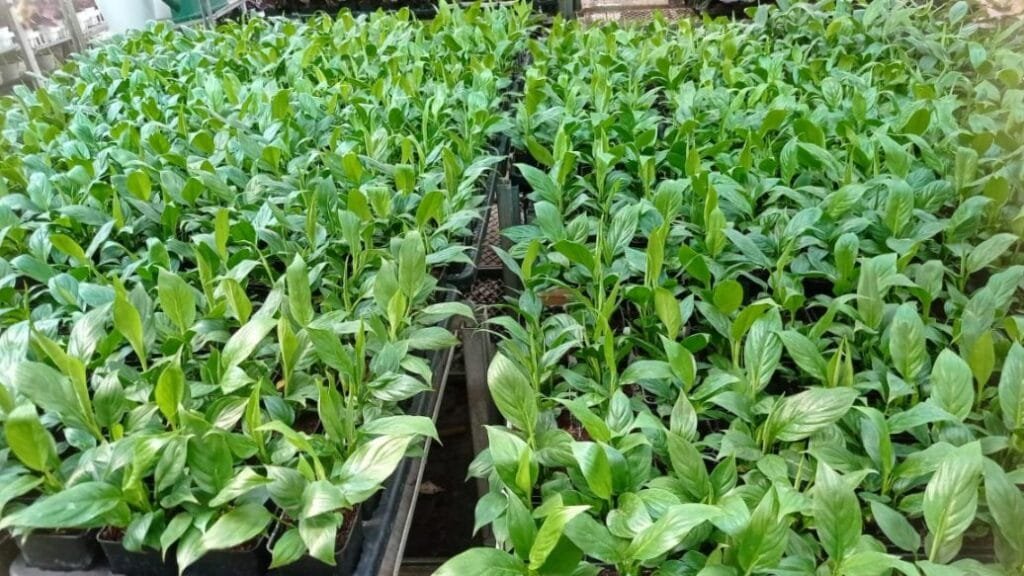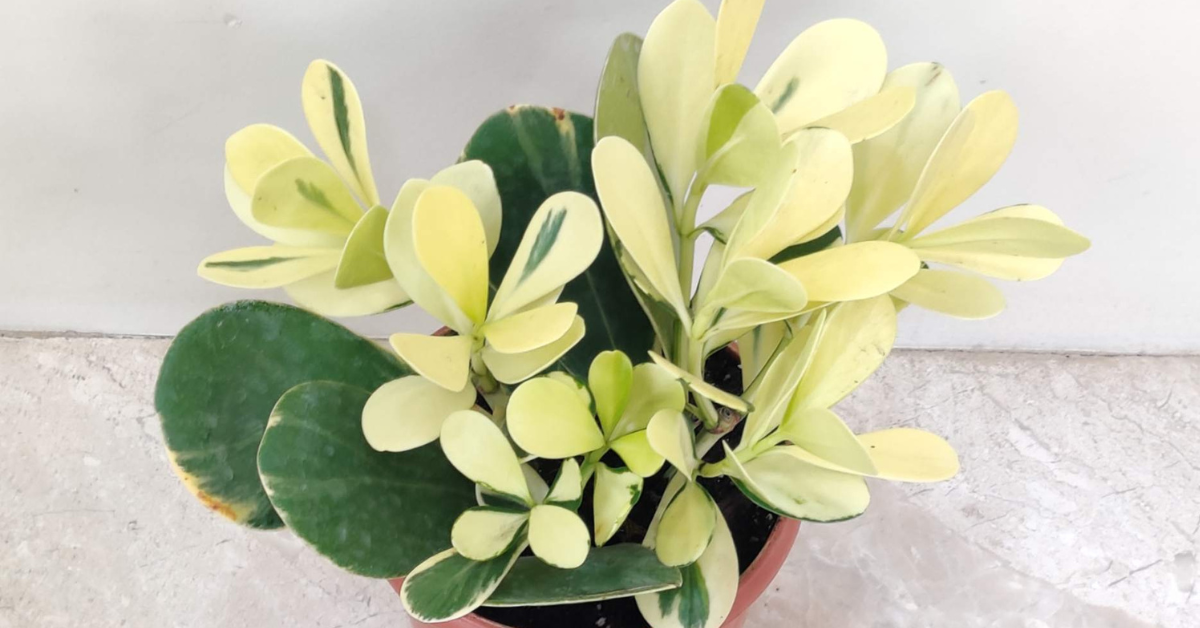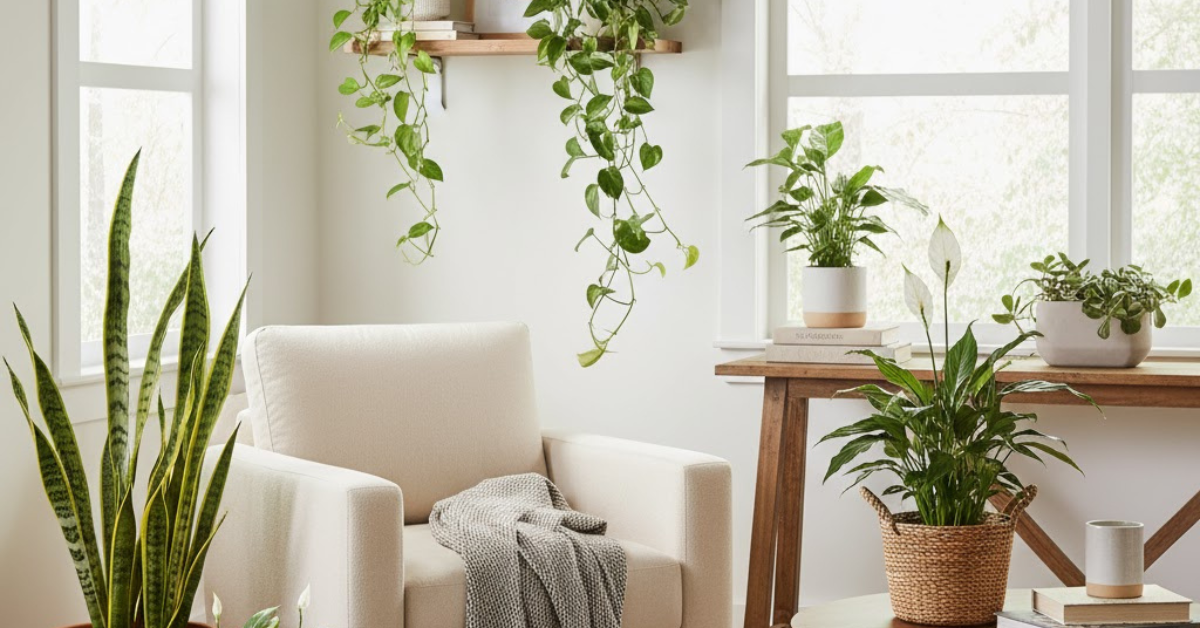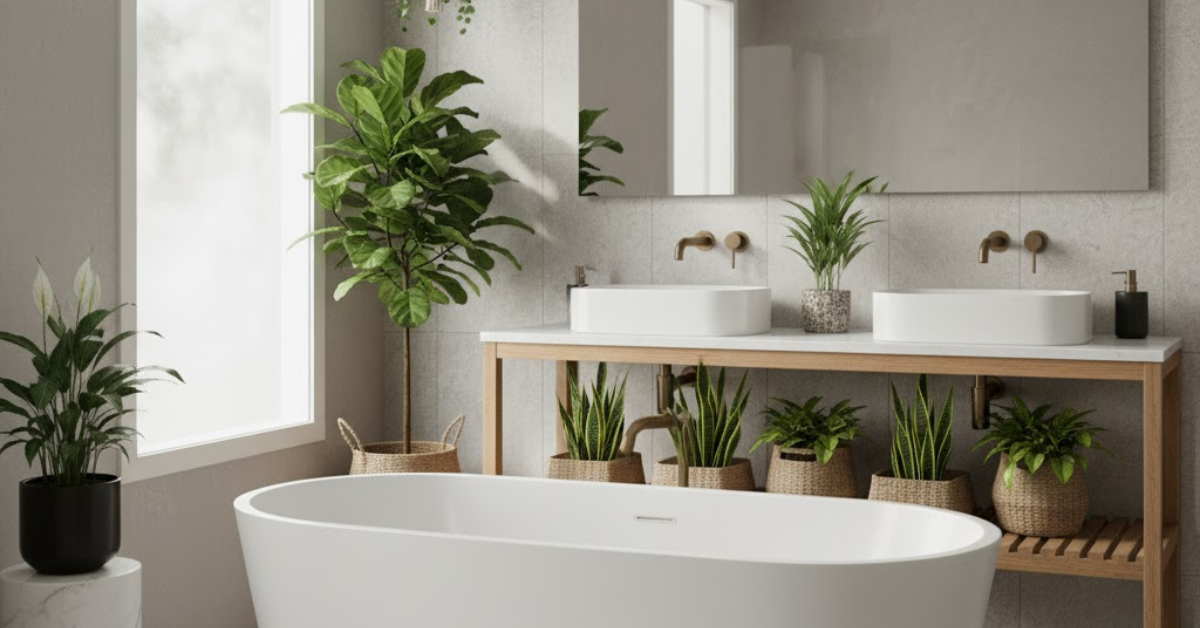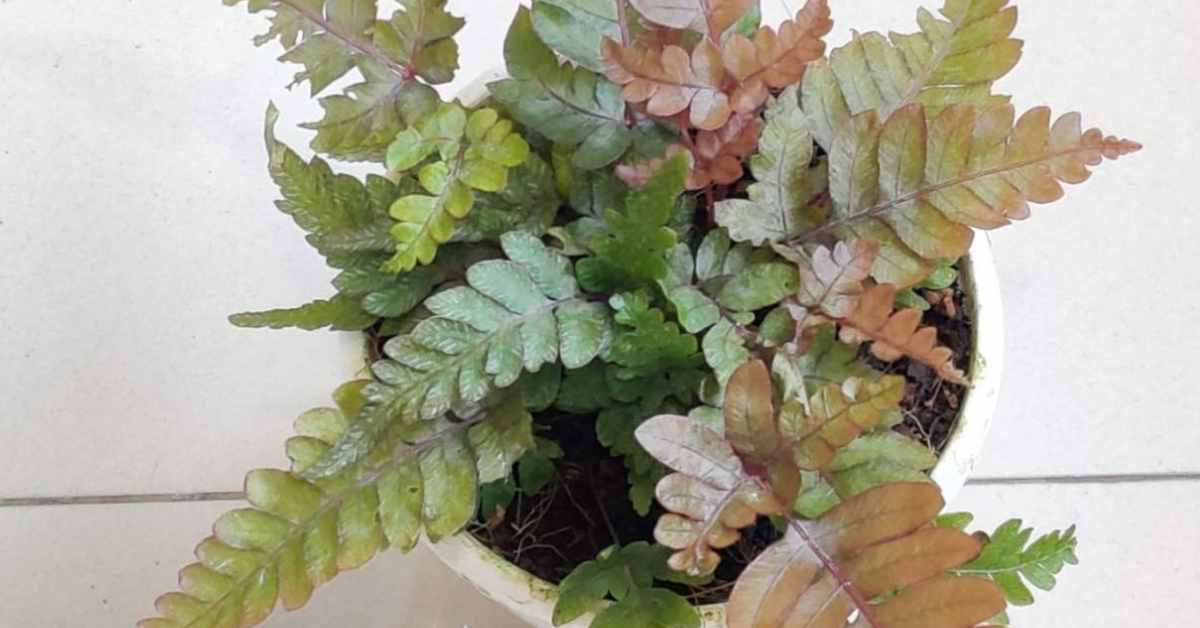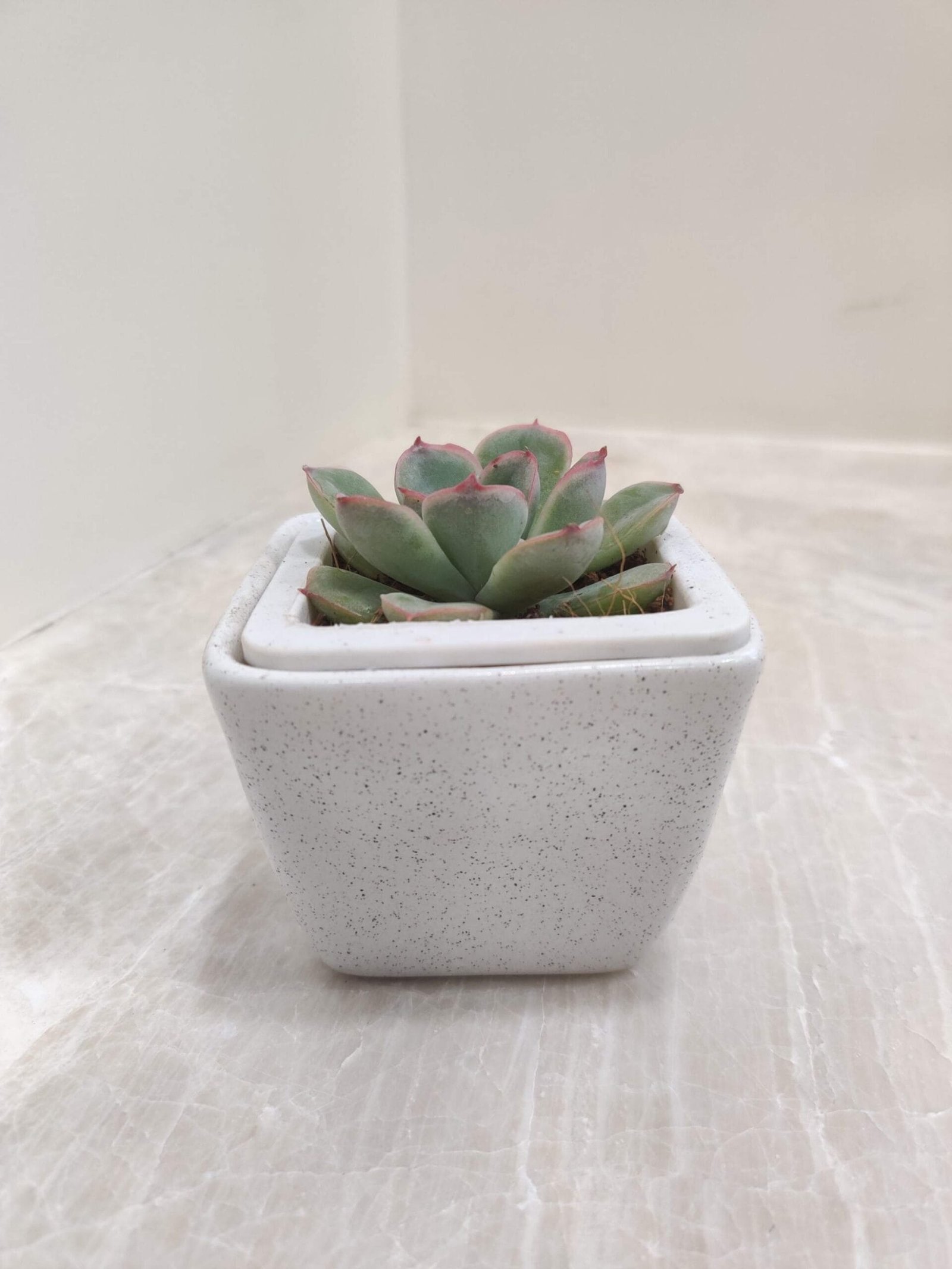Peace lilies (Spathiphyllum) are among the most popular indoor plants due to their elegant white blooms and air-purifying properties. They thrive in low-light conditions and require minimal care. However, one common issue many plant owners face is yellowing leaves. While an occasional yellow leaf is normal, persistent discoloration could indicate an underlying problem.
If your Peace Lily is turning yellow, the most likely culprit is improper watering, either overwatering which can lead to root rot, or underwatering where the soil is too dry; both can cause yellowing leaves;. To revive your plant, adjust your watering schedule to maintain consistently moist soil without overwatering, ensuring the top inch or two dries slightly between watering.
In this guide, we’ll explore the top reasons your peace lily leaves turn yellow and provide actionable solutions to restore your plant’s health.

1. Improper Watering
Underwatering
Peace lilies prefer consistently moist soil, and prolonged dryness can cause the leaves to wilt and turn yellow. If your plant appears droopy before watering and perks up afterward, it’s likely suffering from dehydration.
Fix:
- Water your peace lily when the top inch of soil feels dry.
- Ensure water reaches the root zone and drains out of the pot.
- Use room-temperature water to avoid shocking the plant.
Overwatering & Root Rot
Excessive watering can suffocate the roots, leading to fungal infections and root rot, which manifests as yellowing and wilting leaves.
Fix:
- Allow the soil to dry slightly before watering again.
- If root rot has set in, remove the plant from its pot, trim any mushy roots, and repot it in fresh, well-draining soil.
- Use pots with drainage holes to prevent water accumulation.
2. Being Root-Bound
As peace lilies grow, their roots may outgrow the pot, becoming tangled and compressed. This restricts nutrient absorption, leading to yellowing leaves.
Fix:
- Check if the roots are circling the pot’s interior.
- If root-bound, repot into a container 2 inches larger than the current one.
- Gently loosen the roots before placing the plant in fresh soil.
3. Lack of Humidity
Peace lilies originate from tropical regions and thrive in high humidity. Dry air can cause leaves to turn yellow and crisp at the edges.
Fix:
- Mist the leaves regularly or place a humidity tray with pebbles and water beneath the pot.
- Position the plant in a bathroom or kitchen where humidity is naturally higher.
- Use a humidifier to maintain 50–60% humidity levels.
4. Incorrect Nutrient Levels
Although peace lilies require minimal fertilization, nutrient deficiencies can cause leaf discoloration.
Nitrogen Deficiency
Nitrogen is essential for lush green foliage. A lack of nitrogen leads to yellowing older leaves.
Fix:
- Apply a balanced liquid houseplant fertilizer every 6–8 weeks during the growing season.
- Use compost or organic fertilizers for a steady nutrient supply.
Iron or Magnesium Deficiency
Yellowing between the veins (interveinal chlorosis) indicates iron or magnesium deficiency.
Fix:
- Use an iron-rich fertilizer or a magnesium supplement (Epsom salt solution).
- Repot with fresh, nutrient-rich potting soil to replenish minerals.
5. Too Much Direct Sunlight
Peace lilies thrive in indirect, dappled light. Exposure to intense sunlight can cause scorched, yellowing, or brown patches on leaves.
Fix:
- Move your plant to a north- or east-facing window.
- If your space receives direct sun, use sheer curtains to diffuse the light.
6. Poor Water Quality
Tap water often contains chlorine, fluoride, and other chemicals that accumulate in the soil, leading to yellowing leaves.
Fix:
- Use filtered, distilled, or rainwater for watering.
- If using tap water, let it sit for 24 hours before watering to allow chemicals to evaporate.
7. Extreme Temperatures & Drafts
Peace lilies prefer temperatures between 65–85°F (18–29°C). Exposure to cold drafts, air conditioning vents, or sudden temperature fluctuations can stress the plant, causing yellowing leaves.
Fix:
- Keep the plant away from open windows, air vents, or heaters.
- Maintain stable room temperature without drastic fluctuations.
8. Pests Infestation
Although peace lilies are relatively pest-resistant, infestations of spider mites, mealybugs, and aphids can weaken the plant, leading to yellowing leaves.
Fix:
- Check the undersides of leaves for pests.
- Wipe affected areas with neem oil or an insecticidal soap spray.
- Isolate the plant if the infestation spreads.
How to Prevent Peace Lily Leaves from Turning Yellow
- Use filtered water to prevent mineral buildup.
- Check for root-bound conditions and repot when necessary.
- Maintain optimal humidity levels using misting, a humidity tray, or a humidifier.
- Wipe leaves regularly to remove dust and promote better photosynthesis.
- Use well-draining soil to prevent overwatering and root rot.
- Fertilize sparingly to prevent nutrient deficiencies.
- Monitor for pests and treat them early.
Final Thoughts
Yellowing leaves on a peace lily can be caused by watering issues, nutrient imbalances, poor humidity, excessive sunlight, water quality problems, pests, or temperature fluctuations. By identifying the cause and applying the right solution, you can restore your peace lily’s vibrant green foliage and keep it thriving.
With proper care, your peace lily will continue to grace your home with its elegant beauty and purify the air for years to come! 🌿✨
FAQs on Peace Lily Care
1. Should I remove yellow leaves from my peace lily?
Yes, once new green leaves emerge, remove the yellow ones to help the plant focus on healthy growth.
2. Can yellow leaves turn green again?
No, once a leaf turns yellow, it will not regain its green color. Instead, focus on preventing further discoloration by fixing the underlying issue.
3. What does an overwatered peace lily look like?
Overwatered peace lilies have drooping, yellowing leaves, mushy roots, and sometimes brown leaf tips.
4. What is the best way to water a peace lily?
Water thoroughly when the top inch of soil feels dry. Use filtered water and ensure proper drainage.
5. How often should I fertilize my peace lily?
Fertilize lightly every 6–8 weeks during spring and summer. Avoid over-fertilizing, as excess salts can damage the roots.


